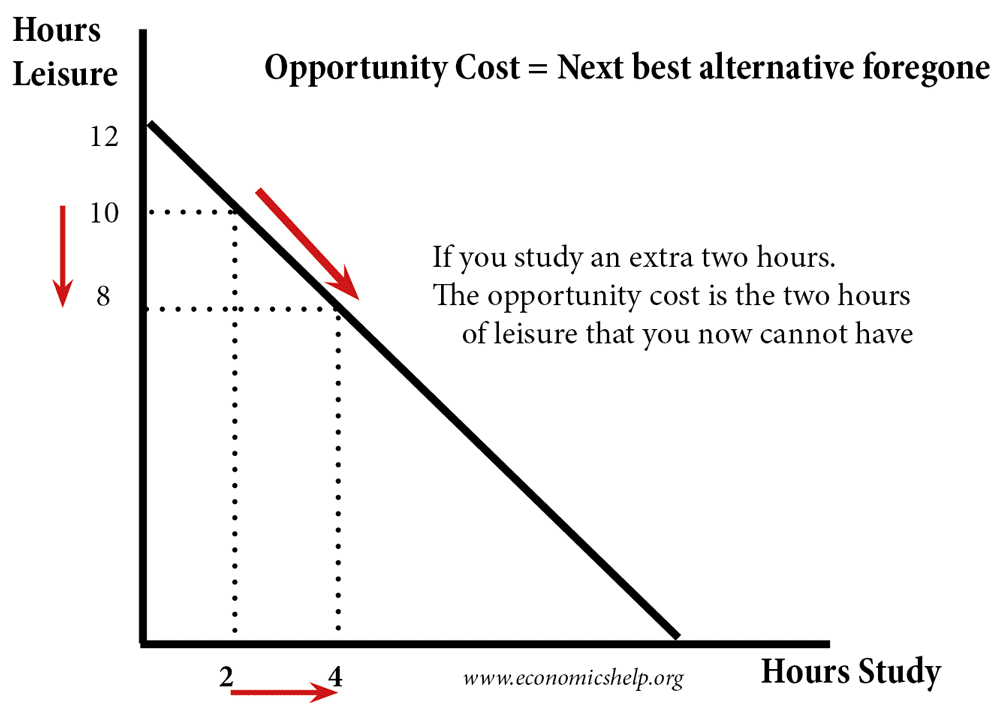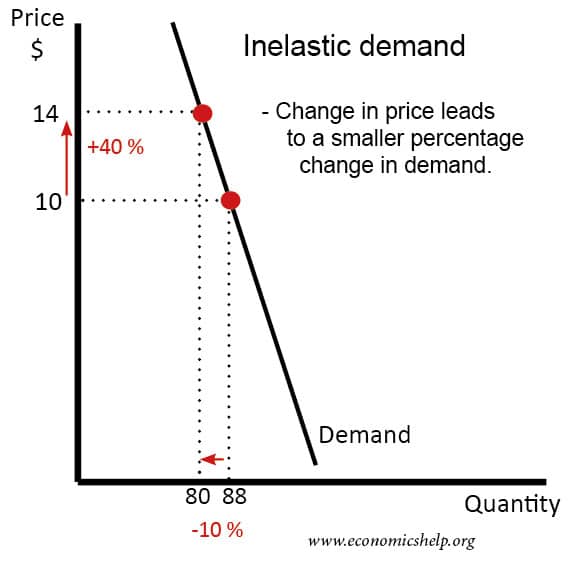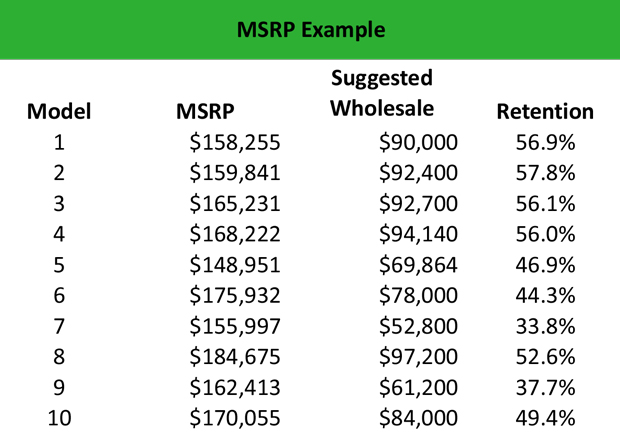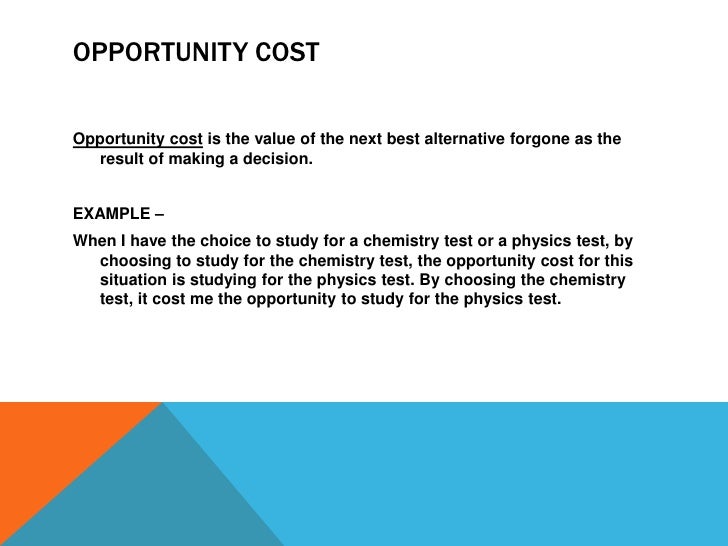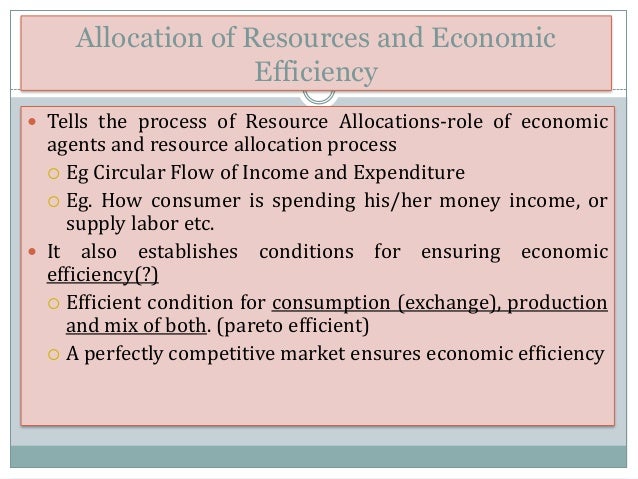The number and character of the commodities included in wholesale price indexes vary widely from country to country. In large industrial countries like the United Kingdom, the United States, and Germany, the commodities that are included usually number in the thousands; but for most countries it is much smaller, often only 100 or 200. The smaller numbers of products will serve well enough if only a general all-commodities index is wanted. In addition, there are a number of indexes for special commodity groups such as various categories of pharmaceutical preparations. The number of commodities included in the U.S. index has expanded from 250 when the index was started in 1902 to about 2,400 in the late 20th century. The new commodities have tended to be more highly fabricated and to have more stable prices, and they have therefore dampened the fluctuations in the index.
One reason for the inclusion of more commodities was a gradual shift in the conception of the function of the index. At the same time, there was a growing demand for subindexes pertaining to particular classes of products for various business and analytical purposes. Wholesale Price Index Consumer Price Index It is a measure of the average change in the prices of goods in the wholesale market or at the wholesale level.
It is a measure of change in the retail price of goods and services consumed by a population of an area in a base year. It is compiled and published by Office of the Economic Advisor on a weekly basis. It measures inflation at the first stage of a transaction.It measures inflation at the final stage of a transaction. FD-ID indexes are constructed from commodity-based producer output price indexes. These commodity-based output price indexes are allocated to aggregate categories based on proportions of use by type of buyer.
The main source of data used to determine buyer type is the table titled "Use of commodities by industries, before redefinition" from the Benchmark Input-Output Data Tables of the United States, produced by the U.S. The two primary classes of buyers included in the FD-ID system are final demand and intermediate demand . In many cases, the same commodity is purchased by different buyer types, so commodities are often included in several FD-ID indexes.
For example, regular gasoline is purchased for personal consumption, export, government use, and business use. The PPI program publishes only one commodity index for regular gasoline, reflecting sales to all types of buyers. In some cases, buyer type is an important price determining characteristic, and results in commodity indexes being created on that basis.
For example, within the PPI category for loan services, separate indexes for consumer loans and business loans were constructed. In this case, the commodity index for consumer loans would be included in the final demand index and the commodity index for business loans would fall under intermediate demand. The Meat Price Spreads Data series shows the difference between what consumers pay for a certain type of meat at the retail store and what producers actually receive for that meat.
To make these calculations, ERS starts with a standard animal at the farm that is cut in a standard way both in the packing plant and in the retail store. ERS then uses retail and wholesale prices to compare the value of the animal at the farm with its wholesale and retail value. Put differently, ERS estimates how much it would cost the retailer, on average, to buy a whole animal from a wholesaler and how much it would cost the consumer, also on average, to buy that same animal from the retailer.
ERS calculates the retail price by averaging the prices of all the cuts from an animal. The wholesale price is calculated using the prices that meatpackers get for beef and pork. Both the farm and wholesale prices are adjusted to a retail-weight basis. For example, ERS estimates that it takes about 2.40 pounds of the standard steer to produce a pound of retail beef, and 1.14 pounds of wholesale beef to produce a pound of retail beef.
For hogs, the conversion factors are 1.869 pounds of hog to produce a pound of retail cuts and 1.04 pounds of wholesale cuts to produce a pound of retail cuts. Since commodities are homogeneous and traded internationally, it is very likely that they are subject to the law of one price. This means that commodities have similar prices in each country's home currency. Thus, as the U.S. dollar weakens relative to other currencies , commodity consumers outside the United States should be willing to pay more dollars for commodity inputs priced in U.S. dollars. A strengthening U.S. dollar relative to other currencies increases the price to commodity consumers outside the United States resulting in lower demand for the commodity.
Most internationally traded commodities, including crude oil, are priced in U.S. dollars. Consequently, currency exchange rate movements may be an important stimulus for energy price changes. In particular, currency exchange rate movements impact crude oil prices and crude oil prices affect the prices of derivative products, such as heating oil and unleaded gasoline. Thus, changes in crude oil prices create a ripple effect throughout the pricing structure of petroleum products. The dominance of the U.S. dollar may be challenged in the future as European countries make more use of the Euro currency in their business transactions.
Already, some European countries prefer to price oil in Euros and measure oil in metric tonnes. Consumer price index, which is abbreviated as CPI, is a price index that represents the weighted average retail price of a basket of consumer goods and services such as food, medical care, and transportation. It is based on the changes in price at the retail level as it measures the change in the retail price of goods and services consumed by the population of an area in a base year. The CPI is set for eight categories which include education, garment, foods and beverages, communications, transportation, housing and medical care and recreation.
It is one of the frequently used statistics to identify the periods of inflation or deflation in an economy. Demand pricing is determined by the optimum combination of volume and profit. Products usually sold through different sources at different prices--retailers, discount chains, wholesalers, or direct mail marketers--are examples of goods whose price is determined by demand. A wholesaler might buy greater quantities than a retailer, which results in purchasing at a lower unit price. The wholesaler profits from a greater volume of sales of a product priced lower than that of the retailer. The retailer typically pays more per unit because he or she are unable to purchase, stock, and sell as great a quantity of product as a wholesaler does.
Demand pricing is difficult to master because you must correctly calculate beforehand what price will generate the optimum relation of profit to volume. As the wholesalers do not send the products directly to the customers, so the wholesale price differs from the one in the retail shops. Wholesale price is the cost charged by the manufacturer or business owner from the retailer.
Usually, the wholesale price is the lowest possible price for the bulk of items. The attention to farm and retail price spreads motivates discussion of some of the limitations of available agricultural price data. Still, the volume and frequency of price data for food at the farm, wholesale, and terminal market levels provide a rich informational resource for business planning and research. The meat price spreads data are also widely used by producers, consumers, and economists as "benchmarks" for national average meat prices.
The data enable producers to know how the prices they receive compare with retail prices and enable consumers to know the margin they pay for the meat they purchase in retail stores. Finally, producers and industry analysts use the price spreads data to monitor market performance and consumer demand for various meat types and, ultimately, for livestock. Wholesale Price Index WPI is a measure of average wholesale price movement for the economy. It measures the average change in prices of commodities for bulk sale at the level of early stages of transaction.
It gives a fairly good idea as to what is happening in the economy. A major distinction between wholesale and retail is that wholesale buyers typically purchase their goods in bulk because it saves them money. The costs to produce, package, promote and distribute 100 units of a good to one buyer are much lower than the same costs when selling 100 units to 100 different consumers. This economic principle is one reason that producers can sell to retailers at lower-than-retail prices. Retailers are in business to earn a profit, and they mark up the price on acquired goods to do so.
If a retailer buys units for $10 and wants a $10 gross profit, it would double the retail sales price to $20. This particular approach, where the retail price is double the wholesale price, is known as keystone pricing. A "suggested retail price" is the price at which manufacturers or distributors recommend retailers list a particular item for sale. Retailers aren't normally obligated under the law to adhere to the SRP. Wholesale Price Index, which is abbreviated as WPI, is a frequently used price index which shows the changes in the price of the goods for voluminous sale or in the wholesale market.
It measures the changes in the prices charged by manufacturers and wholesalers. In other words, it measures the changes in the good's prices at selected stages before they reach to the retailer. In many countries including India, WPI is used to measure the inflation and changes in the average price of goods bought or sold in the wholesale market. The Producer Price Index measures the average change in prices U.S. producers receive for the sale of their products. Since tariffs and taxes are not retained by producers as revenue, they are explicitly excluded from the PPI. However, pricing decisions producers make in reaction to tariffs are included in the PPI.
For example, if a domestic producer is manufacturing a product that is subject to import competition and tariffs are placed on those imports, the domestic producer may increase its own prices in order to maximize revenue. In this case, the price increase for the domestic producer would be included in the PPI. In this paper, different models of vertical relationships between manufacturers and retailers in the supermarket industry are compared. Demand estimates are used to compute price-cost margins for retailers and manufacturers under different supply models when wholesale prices are not observed.
The purpose is to identify the set of margins compatible with the margins obtained from estimates of cost and to select the model most consistent with the data among non-nested competing models. Using data on yogurt sold in several stores in a large urban area of the U.S. the results imply that wholesale prices are close to marginal cost and that retailers have pricing power in the vertical chain. This is consistent with non-linear pricing by the manufacturers or high bargaining power of the retailers. While WPI keeps track of the wholesale price of goods, the CPI measures the average price that households pay for a basket of different goods and services. Even as the WPI is used as a key measure of inflation in some economies, the RBI no longer uses it for policy purposes, including setting repo rates.
The central bank currently uses CPI or retail inflation as a key measure of inflation to set the monetary and credit policy. This is a source of upward bias in the general wholesale indexes since there is reason to believe that technological change has been particularly important in bringing about improvements in complex goods. The wholesale price or trade price is the price of products when they are sold in bulk by wholesalers to retailers, hence the name. A wholesale price index is an index that measures and tracks the changes in the price of goods in the stages before the retail level.
This refers to goods that are sold in bulk and traded between entities or businesses . Usually expressed as a ratio or percentage, the WPI shows the included goods' average price change; it is often seen as one indicator of a country's level of inflation. The availability of commodity, wholesale, and market prices for agricultural products is equaled only by data on publicly traded stocks and companies.
Early on, the USDA invested money through the Agricultural Marketing Service to place market news professionals in all major production areas of the United States. These professionals report prices being received at wholesale markets, shipping points, and terminal markets, and when possible, a sense of the relative volume, quality, and types of products moving through markets. These data are very rich in detail across time, with 400 daily, weekly, monthly, and summary annual reports covering most major foods and some ornamental horticulture products. The high frequency of the data is important because of the industry's seasonality and the perceived need for real-time information for planning by producers, shippers/distributors, and processors.
The USDA now has all of these data products available on-line for researchers, and in some cases, offers compiled reports for those doing historical price analysis across a longer time period. A decline in farm prices, for example, can suggest a decrease in production costs due to technological advances or a drop in feed prices. Similarly, improvements in meat processing technology could translate to lower wholesale to retail price spreads, meaning higher prices received by producers and/or lower prices for consumers. Historically, PPIs for food and energy goods have exhibited greater short-term volatility than PPIs for goods other than food and energy. As a result, the Program introduced a number of indexes tracking changes in prices for goods excluding one or both of these potentially volatile components. For those who prefer it, this information has permitted data users to analyze movements in prices to the exclusion of potentially large movements in food and energy prices.
With PPI's transition from the SOP to the FD-ID system, PPI continues to produce these indexes. Consequently, to assist data users looking to exclude this volatility, PPI calculates a number of indexes excluding prices for trade services. These indexes include final demand services less trade services and final demand less trade services.
In addition, PPI calculates an index for final demand less foods, energy, and trade services, removing all three potentially volatile components. Retailers try to balance profit objectives with marketable prices. If consumer demand is extremely low on a good priced at $20, the low volume offsets a relatively high gross margin of 100 percent per unit.
Eventually, companies have to discount items that clog shelf space if they don't sell at initial retail prices. In some cases, retailers accept a loss or sell certain items at break-even pricing to attract customers. The hope is that effective in-store merchandising and sales activities lead to many purchases that culminate in a profit outcome in the short or long term. Due to modern supply chain technologies, business holders have the choice of different delivery systems. Wholesale and retail are the two effective methods of business that are based on products. They are popular distribution methods – the main components of the supply chain.
When the manufacturers make the products in large amounts, they are also supposed to be sold in those amounts. After the next "player" comes – the retailer, who buys stuff from the wholesaler and sells to the final buyers in smaller amounts . The Wholesale Price Index reflects changes in the average prices of goods at the wholesale level — that is, commodities sold in bulk and traded between businesses or entities rather than goods bought by consumers. There are certain limitations in using WPI as a measure for inflation, as WPI does not consider the price of services, and it does not reflect the consumer price situation in the country. Conversely, the wholesales price index covers not only semi-finished goods or raw materials but also finished goods. Finished products will enter the retail market after going through several sales chains.
Meanwhile, raw materials and semi-finished materials will move to producers. In several countries, such as the United States, the producer price index replaces the wholesale price index since it only counts the goods and services used as production inputs. The term 'wholesaler' applies only to a merchant middleman engaged in selling the goods in bulk quantities. Wholesaling includes all marketing transactions in which purchases are intended for resale or are used in marketing other products. Thus, we can say that a wholesaler is a person who buys goods from the producer in bulk quantities and forwards them in small quantities to retailers. Thomas observes, "is himself neither a manufacturer nor a retailer, but acts as a link between the two".
The word wholesale simply means selling in bulk quantities and retail stands for selling merchandise in small quantities. Wholesale and retail are two distribution arrangement that constitutes a major part of the supply chain. When the goods are manufactured, they are sold in large quantities to the wholesalers who further sells them to the retailers who finally sells them to the ultimate customers. Not all price similarities, or price changes that occur at the same time, are the result of price fixing. For example, prices of commodities such as wheat are often identical because the products are virtually identical, and the prices that farmers charge all rise and fall together without any agreement among them. If a drought causes the supply of wheat to decline, the price to all affected farmers will increase.






